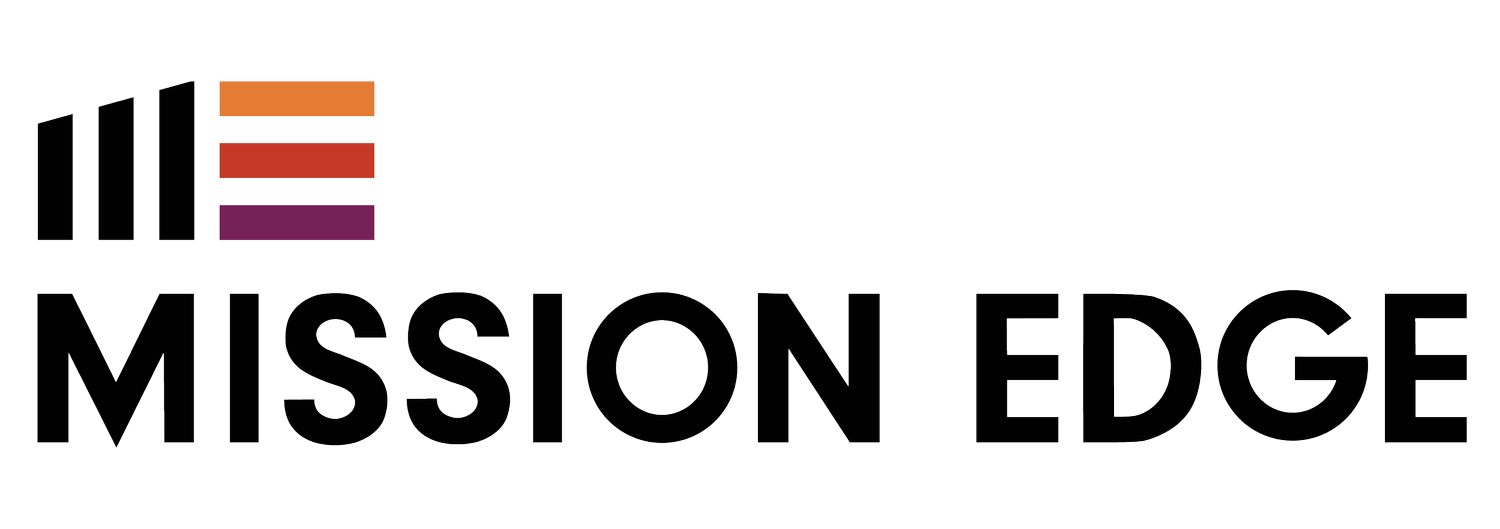5 Key Reports For Nonprofit Financial Health
Funders, donors, your team, the board of directors, and auditors will request comprehensive reports on your nonprofit’s financial health and stability.
Here are the five most critical financial reports you need and what they should look like.
1. Statement of Financial Position
The SOP is the nonprofit equivalent of a Balance Sheet. It provides a snapshot of your organization’s finance, listing assets in order of liquidity (ex. cash, investments, grants receivable), and liabilities in order of obligation (ex. accounts payable, debts).
Donor contributions are accounted for separately and are totaled based on restriction: unrestricted, temporarily restricted, or permanently restricted.
2. Statement of Activity
The SOA is the nonprofit equivalent of a Profit and Loss. It shows revenue coming in (ex. contributions, grants, donations of goods), and expenses paid (ex. salaries, rent, supplies).
Nonprofits can be unique: rules for recording revenue and expenses (for example, multi-year grants, donated services, volunteer time) can get complex. There are sometimes differences between generally accepted accounting principles (GAAP) and how the IRS states these items should be reported on the Form 990.
3. Statement of Cash Flows
This report provides a picture of cash coming in and going out within a given period. Usually it is broken out into operating activities, Investment activities, and financing activities.
4. Statement of Functional Expenses
This report lists expenses by functions. The three main groupings (which are consistent with the IRS Form 990) are Administrative Expenses, Fundraising Expenses, and Program Expenses.
Setting up your Chart of Accounts to align with these three “buckets” is critical in showing funders how you spend their contributions to fulfill your mission.
5. Budget versus Actuals
The Budget versus Actuals report shows revenue and expense activity in comparison to your organization’s annual budget, with a variance column to show if a particular line item is over or under what was expected.
This report can be extremely useful for managers and directors to ensure the organization is on track for the year and course-correct if needed.

